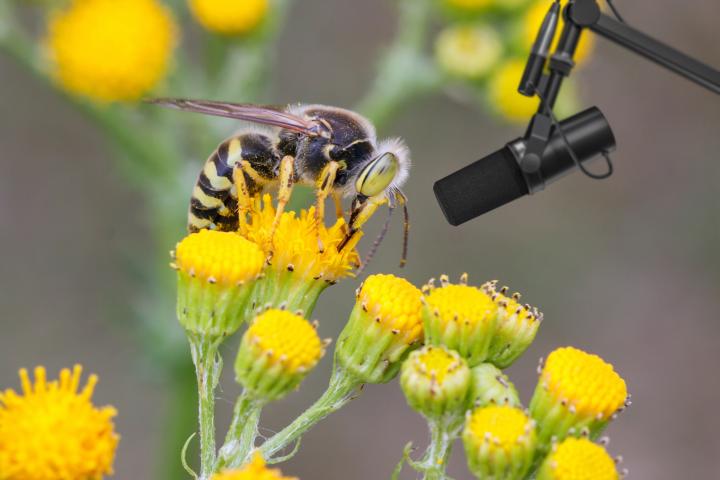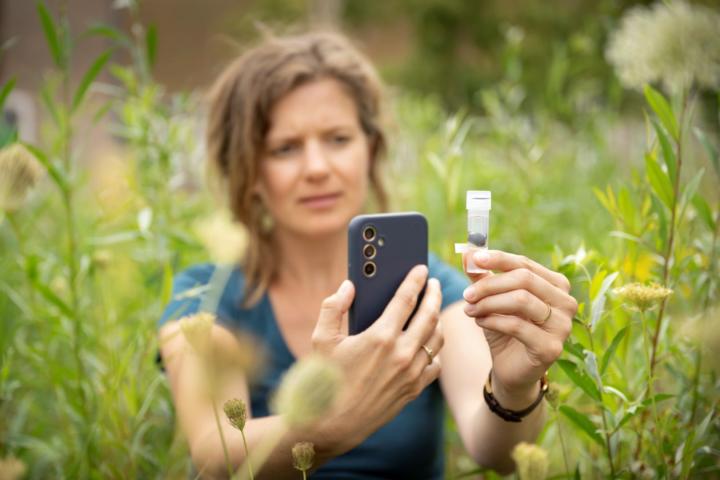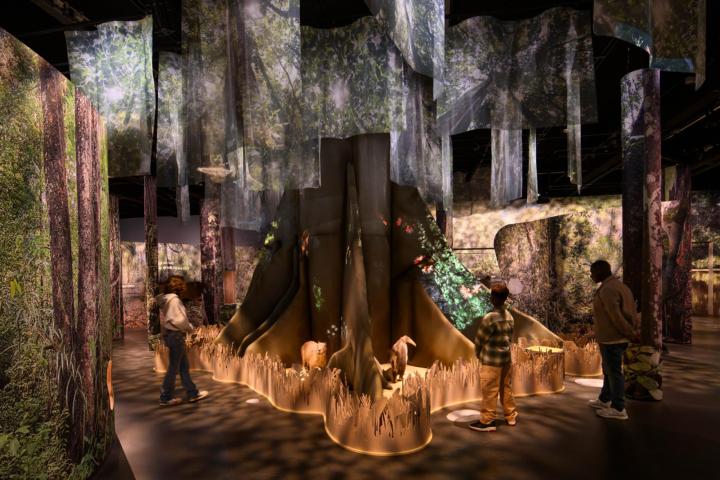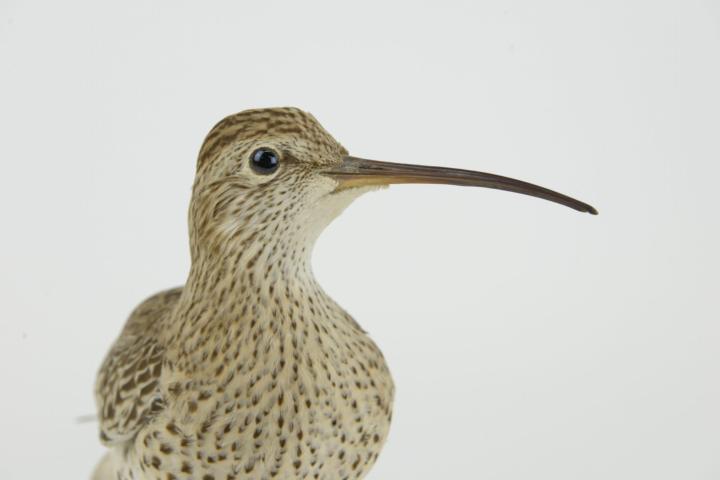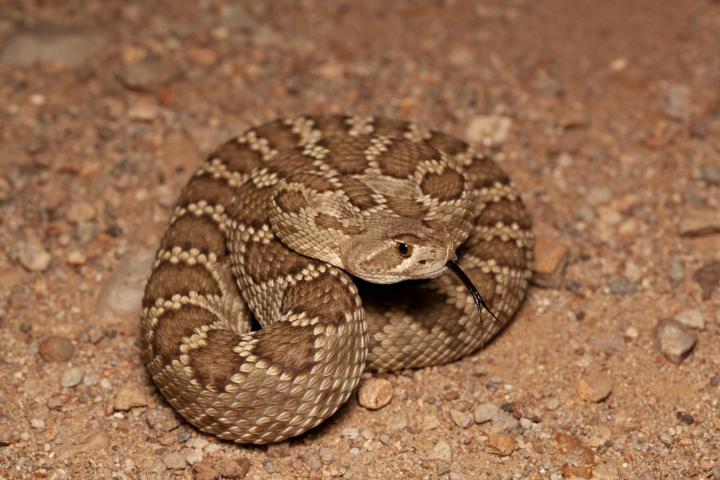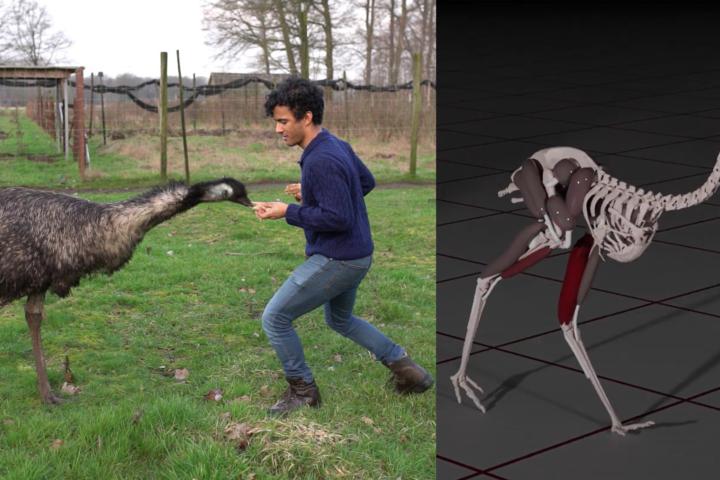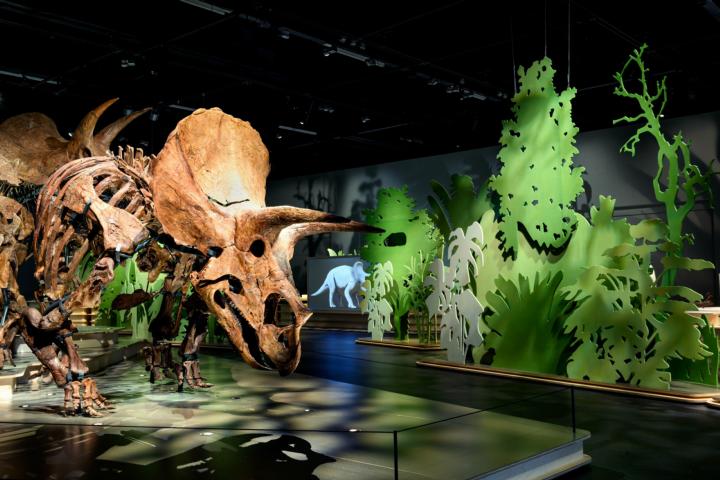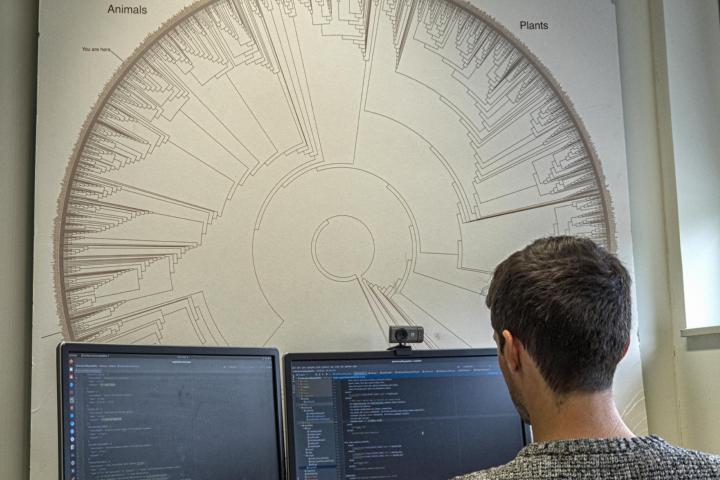Step closer to advanced monitoring of our biodiversity
Naturalis Biodiversity Center, TNO, RIVM, and Rijkswaterstaat are joining forces to protect biodiversity. Thanks to a grant of 19.4 million euros, they are jointly launching an initiative for Automated Biodiversity Monitoring (ABM), running from 2026 to…
Knowing Nature in the Netherlands: The ARISE research infrastructure for species ID
Recognizing all Dutch species – in every conceivable way. Starting next week, everyone can utilize ARISE, the research facility that makes this possible.
Naturalis opens exhibition 'The forest of Suriname'
On Saturday, October 11, 2025, Naturalis opens 'The forest of Suriname'. The exhibition shows how Indigenous people and Maroons live in spiritual harmony with the forest. This offers an inspiring and broader perspective on nature conservation, which is now…
The Netherlands to return Dubois collection fossils to Indonesia
The Dutch government has decided to return the Dubois Collection to Indonesia. This decision was made by the Minister of Education, Culture, and Science, Gouke Moes, based on the recommendation of the independent Colonial Collections Committee. Naturalis…
Marcel Beukeboom appointed new general director of Naturalis
Marcel Beukeboom will take up the position of general director of Naturalis Biodiversity Center on September 8, 2025. He succeeds Edwin van Huis, who has been at the helm of Naturalis for 14 years and is now retiring.
Butterflies come to life with new interactive artwork at Naturalis
Starting November 27, you can engage with the interactive artwork Origins of Imagination at Naturalis. Visitors who scan a butterfly drawing they've colored themselves can watch as the installation transforms it into a realistic, moving butterfly. All the…
The thin-beak curlew is now officially extinct
Leiden, 18 November 2024 – Birdwatchers had long suspected it, but now it's official: the slender-billed curlew is extinct. This waterbird, once found in Europe, West Asia, and North Africa, can now only be seen in museums.
Venomous Finds Dutch Biologist Finds New Ways To Study Snake Venom
Dutch biologist Mátyás Bittenbinder developed new, non-animal methods to investigate tissue-damaging snake venom. In this way, he hopes to contribute to solutions for victims. Millions of people are bitten by venomous snakes every year. Of these, 400,000…
Unique dinosaur exhibition at Naturalis, the Netherlands
Naturalis Biodiversity Center is the first and only museum in the world to present a herd of five triceratopses. Experts from Naturalis worked on the unique discovery for over a decace. Eppo Bruins, minister of Education, Culture and Science, opened the…
Bird paradox solved Why emus run differently from us
At first glance birds may not seem good runners. Try it yourself: bend your knees and run around on your toes while keeping at least one foot on the ground at all times. This feels unnatural to a human, but birds do this regularly. An international team…
Naturalis shows off unique find in a new triceratops exhibition
On October 18, Naturalis will open Triceratops: the herd . It will be a family friendly and interactive exhibition. The heart of the gallery is formed by the unique collection of five triceratops skeletons.
Institute for FAIR and Equitable Science (LIFES) to address the challenges of global data reuse
Today, an international public-private partnership of eleven forward-thinking academic and private organisations announces its joint effort to establish the Leiden Institute for FAIR and Equitable Science (LIFES). The founding partners of LIFES are the GO…

